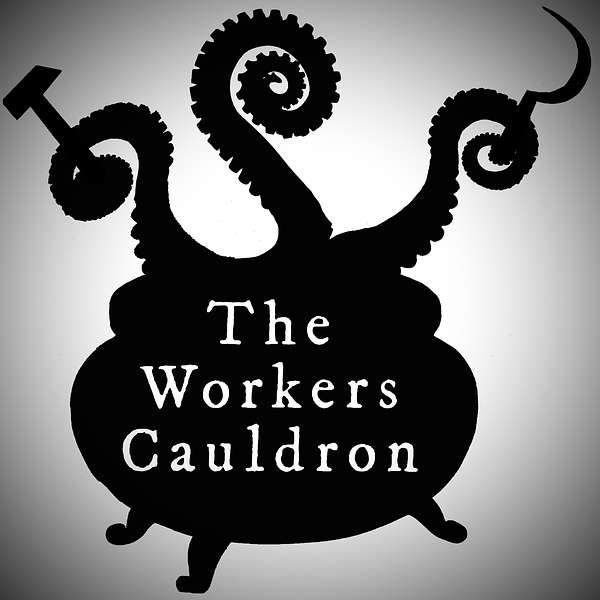
The Worker's Cauldron
A podcast about the cultural politics of the paranormal. Where Karl Marx shakes his fist at the Loch Ness Monster and Bigfoot speaks to us about the legacies of colonialism. We discuss the contemporary obsession with all things supernatural through a socialist, feminist lens and ask what our strange experiences and beliefs tell us about the society we live in.
The Worker's Cauldron
A Haunted House Christmas
In our season 3 finally, we pay homage to the great tradition of Christmas Ghost stories by looking into the haunted house. Jumping off from classic gothic literature and the wave of supernatural horror movies at the dawn of neoliberalism, we dive into the popularity of haunted house stories in modern reality television. We discuss the frightening undercurrents of domestic violence, the re-entrenchment of “traditional” gender roles, and the horrors of unstable housing markets.
Bonus: Some LEGO facts, possessed bowels, Cedric Jameson
Sources for our most reference heavy episode yet (sorry):
Avery Gordon: Ghostly Matters: Haunting and the Sociological Imagination
Julia Leyda, “Demon Debt: PARANORMAL ACTIVITY as Recessionary Post-Cinematic Allegory" in Post-Cinema: Theorizing 21st-Century Film
Diane Goldstein, Sylvia Ann Grider, Jeannie B Thomas, Haunting Experiences: Ghosts in Contemporary Folklore
Dale Bailey: American Nightmares: The Haunted House Formula in American Popular Fiction
Annette Hill, Paranormal Media: Audience, Spirits and Magic in Popular Culture
Drew Beard, Horror Begins at Home: Family Trauma in Paranormal Reality TV
Karen E Macfarlane, “If You Have Ghosts: Haunting Neoliberal Real Estate in Paranormal Reality Series” from PopMec.com panel “The Ghosts of Capitalism: Neoliberalism and the State”
Owen Davies: The Haunted: A Social History of Ghosts
Colin Dickey: Ghostland: An American History in Haunted Places
Douglas Kellner, "Poltergeists, Gender, and Class. Horror Film in the Age of Reagan," Cinema and the Question of Class
Amy Lawrence, Paranormal Survivors: Validating the Struggling Middle Class
James Houran,V. K. Kumar,Michael A. Thalbourne &Nicole E. Lavertue, “ Haunted by somatic tendencies: Spirit infestation as psychogenic illness” in Mental Health, Religion & Culture
Frederic Jameson, Historicism in “The Shining”